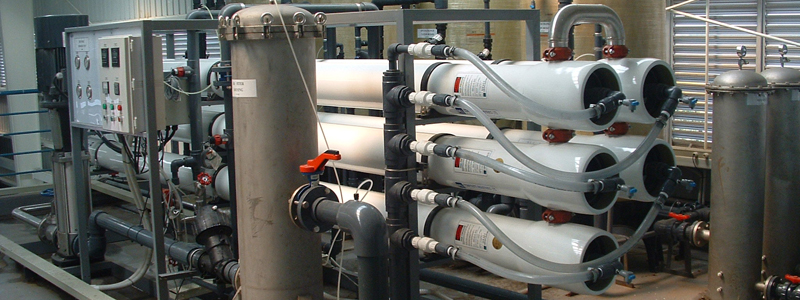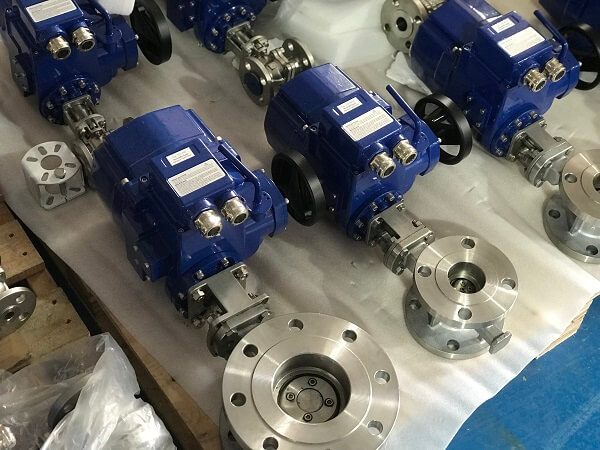
Butterfly valves can be divided into pneumatic butterfly valves, electric butterfly valves, manual butterfly valves, etc. Butterfly valves are valves that use a circular disc as the opening and closing member and open with the valve stem to close and adjust the fluid passage.
The butterfly valve’s disc is mounted in the diameter direction of the pipe. In the cylindrical passage of the butterfly valve body, the disc-shaped disc rotates around the axis, and the rotation angle is between 0° and 90°. When the rotation is 90°, the valve is fully open.
The butterfly valve, called the flap valve, is a simple regulating valve and can also be used for switching control of low pressure pipeline media. Butterfly valve refers to a valve in which the closing member (valve or disc) is a disc that rotates around the valve shaft to open and close, and is mainly used for cutting and throttling on the pipeline.
The butterfly valve opening and closing member is a disc-shaped butterfly plate that rotates around its own axis in the valve body to achieve the purpose of opening and closing or adjusting. It is normally less than 90° from full opening to full closing. The butterfly valve and the butterfly rod have no self-locking capability. For the positioning of the butterfly plate, a worm gear reducer is added to the valve stem. The use of a worm gear reducer not only allows the disc to have a locking capability but also stops the disc in any position and improves the valve’s operating performance.
The characteristics of the industrial special butterfly valve can withstand high temperature, the applicable pressure range is also high, the valve has a large nominal diameter, the valve body is made of carbon steel, and the sealing ring of the valve plate uses a metal ring instead of the rubber ring. Large high temperature butterfly valves are manufactured by steel plate welding and are mainly used for flue ducts and gas pipes of high temperature media.
The butterfly valve can be divided into a bias plate type, a vertical plate type, a slant plate type, and a lever type according to the structure. According to the sealing form, it can be divided into two types: a relatively sealed type and a hard sealed type. The soft seal type is generally sealed with a rubber ring, and the hard seal type is usually sealed with a metal ring. According to the connection type, it can be divided into flange connection and clip type connection; according to the transmission mode, it can be divided into manual, gear transmission, pneumatic, hydraulic and electric.
No.1 The Advantages Of the Butterfly Valve
1. It is convenient, quick, labor-saving, and has low fluid resistance. It can be operated frequently.
2. Simple structure, small size and lightweight.
3. can transport mud, the least amount of liquid accumulated in the pipe mouth.
4. under low pressure, can achieve a good seal.
5. the adjustment performance is good.
No.2 The Shortcomings Of The Butterfly Valve
1. The used pressure and working temperature range are small.
2. Poor sealing.
No.3 Butterfly Valve Installation And Maintenance
1. When installing, the valve flap should be stopped at the closed position.
2. The opening position should be determined according to the rotation angle of the disc.
3. Butterfly valve with bypass valve, open the bypass valve before opening.
4. It should be installed according to the installation instructions of the manufacturer. The heavy butterfly valve should be provided with a solid foundation.
5. The butterfly plate of the butterfly valve is installed in the diameter direction of the pipe. In the cylindrical passage of the butterfly valve body, the disc-shaped disc rotates around the axis, and the rotation angle is between 0° and 90°. When the rotation is 90°, the valve is fully open.
6. If the butterfly valve is required to be used as flow control, the main choice is to correctly select the size and type of the valve. The structural principle of the butterfly valve is especially suitable for making large diameter valves. Butterfly valves are widely used not only in general industries such as petroleum, gas, chemical, and water treatment but also in cooling water systems for thermal power plants.
7. Commonly used butterfly valves are clip-on butterfly valves and flanged butterfly valves. The wafer type butterfly valve uses a stud bolt to connect the valve between the two pipe flanges. The flange type butterfly valve has a flange on the valve, and the flanges on both ends of the valve are connected to the pipe flange by bolts.
8. The butterfly plate of the butterfly valve is installed in the diameter direction of the pipe. In the cylindrical passage of the butterfly valve body, the disc-shaped disc rotates around the axis, and the rotation angle is between 0° and 90°. When the rotation is 90°, the valve is fully open.
What COVNA produces:
Available in wafer type, lugged type, tri-clamp type and flanged type. Stainless steel and cast iron material options.
Tell us your requirements, we will recommend the best butterfly you for you. Click here to contact us!
Post time: Jul-28-2021





